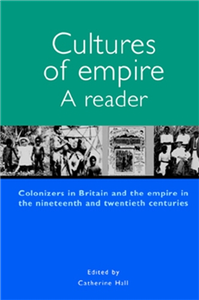In "Sturmwächter 2. Die Magie von Arranmore", der fesselnden Fortsetzung der "Sturmwächter"-Reihe von Catherine Doyle, spitzt sich die Lage auf der magischen irischen Insel Arranmore dramatisch zu. Der junge Sturmwächter Fionn Boyle steht vor einer seiner größten Herausforderungen: Die böse Zauberin Morrigan regt sich in den Tiefen der Insel, bedrohliche Seelenstelzer landen auf Arranmore, und Fionn muss seine Magie beherrschen lernen, bevor es zu spät ist. Doch diese Aufgabe erweist sich als schwieriger als erwartet, insbesondere da sein Großvater Malachy, der ihm bislang stets zur Seite stand, immer schwächer wird.
Mit jedem Tag, der vergeht, intensiviert sich der Kampf um die Insel. Fionn, entkräftet durch das Versiegen seiner magischen Kräfte und konfrontiert mit dem schwindenden Gedächtnis seines Großvaters, ist gezwungen, sich auf seine Freunde Shelby und Sam zu verlassen. Gemeinsam suchen sie nach der verlorenen Armee der Merrows, mystische Meereskreaturen, die als einzige Morrigan und ihre Anhänger aufhalten können. Doch niemand außer Fionn glaubt an deren Existenz. Während die Inselbewohner sich auf eine Invasion vorbereiten, beginnt ein verzweifelter Wettlauf gegen die Zeit, um Arranmore vor der Zerstörung zu bewahren. Diese Fortsetzung bleibt bis zum Schluss spannungsgeladen und bereitet die Bühne für den nächsten Band, der mit Sehnsucht erwartet wird.
Die Geschichte setzt die Abenteuer von Fionn Boyle auf der magischen irischen Insel Arranmore fort, wo er gegen die böse Zauberin Morrigan und ihre Seelenstelzer kämpft.
Erzählung durchdrungen von der Magie der Insel und einer dichten Atmosphäre, die die Leser in eine Welt voller Geheimnisse und alter Legenden entführt.
Fionn steht vor der schwierigen Aufgabe, seine magischen Kräfte zu kontrollieren und die Insel zu schützen, während er persönliches Wachstum und Entwicklung durchmacht.
Der Kampf gegen die dunklen Mächte und die Suche nach der verlorenen Armee der Merrows sorgen für durchgehende Spannung und fesselnde Wendungen.
Die Sturmwächter-Reihe behandelt komplexe Themen wie Familie, Mut, Vertrauen und den Umgang mit Verlust und Ängsten, was eine zusätzliche emotionale Tiefe schafft.
Begeistert Leser jeden Alters mit seiner faszinierenden Welt und der mitreißenden Geschichte.
Ideal für Leser ab 10 Jahren, die sich nach magischen Welten sehnen, in denen die Grenzen zwischen Realität und Fantasie verschwimmen und die das Geheimnisvolle und Mystische lieben.



























